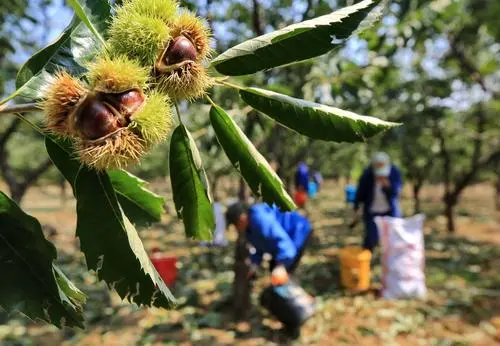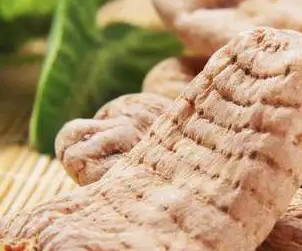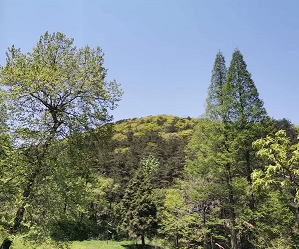黄山是茶叶之乡吗英语(介绍黄山的英语作文)
- 茶叶
- 2023-07-10 09:04:36
- 115

Introduction
Huangshan, also known as Yellow Mountain, is one of China's most popular tourist destinations. It's renowned for its stunning natural scenery, including rugged peaks, rolling clouds, and ancient pines. However, many visitors may not be aware that Huangshan is also an important tea-producing region, with a history stretching back more than a thousand years. In this article, we'll explore the connection between Huangshan and tea, and how this unique environment contributes to the production of some of China's finest teas.
History of Tea in Huangshan
The origins of tea cultivation in Huangshan can be traced back to the Tang Dynasty (618-907 AD), when tea was first imported to China from neighboring countries. At this time, Huangshan was primarily a region of Buddhist monasteries, and the tea trees were initially cultivated as a means of providing sustenance for the monks. Over time, the tea plants became better adapted to the local environment, developing unique flavor profiles and benefiting from the rich soil and high altitude of Huangshan.
Types of Tea Produced in Huangshan
Today, the tea plantations of Huangshan are known for producing a variety of teas, including some of China's most famous varieties. Huangshan Maofeng, for example, is a renowned green tea that is highly sought after for its delicate flavor and aroma. This tea is made from tender young leaves that are plucked in early spring, and carefully processed using traditional methods to preserve their natural flavor and fragrance. Another famous tea from Huangshan is Huangshan Yun Wu, a green tea that is distinguished by its unique appearance, with twisted, curly leaves that resemble clouds or mist.
Environmental Factors that Influence Huangshan Tea
What makes Huangshan such an ideal environment for tea production? There are several key factors that contribute to the unique qualities of the teas grown here:
- Altitude: The high altitude of the Huangshan region means that tea plants grown here are exposed to strong sunlight during the day, and cool, moist air at night. This combination of factors contributes to the development of complex flavors, as well as helping to retain the tea's green color.
- Climate: Huangshan has a humid subtropical climate, with ample rainfall throughout the year. This provides the tea plants with the moisture they need to thrive, and helps to create a rich, fertile soil that is ideal for cultivation.
- Terrain: The rugged terrain of Huangshan, with its steep slopes and rocky outcroppings, makes it difficult to cultivate tea using modern machinery. Instead, tea farmers rely on traditional methods, such as hand-picking and hand-rolling, to produce high-quality teas.
Conclusion
Huangshan may be best known for its stunning natural scenery, but it's also an important center for tea production in China. From delicate green teas to robust black teas, the unique environment of Huangshan contributes to the distinctive flavor profiles and high quality of the teas grown here. So the next time you visit this iconic destination, be sure to take a sip of the local tea and discover a new facet of this fascinating region.
- 116人参与,0条评论






发表评论